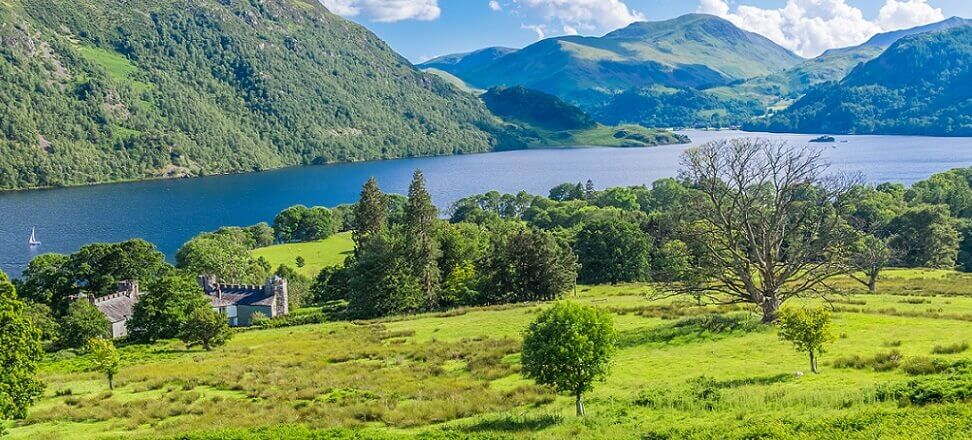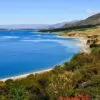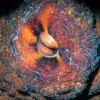From the world
Lake District – England’s wettest place dries up
The upper section of the River Derwent in Borrowdale in the Lake District, known as the wettest place in England, is struggling with a serious problem – nearly drying out. This picturesque area, located at the foot of England’s highest peak, Scafell Pike, is famous for its heavy rains. It receives more than 4 meters of rainfall each year, making it the wettest inhabited place in England. Except that for the third year in a row, Europe ‘s prolonged drought is leading to a dramatic decrease in precipitation and water levels. This phenomenon is becoming a serious threat to the rich ecosystem and biodiversity that surrounds the river.
Impact of Lake District drought on ecosystem
Wildlife habitats in the Lake District – the Derwent catchment – are of great national importance and have been designated as a Special Area of Conservation (SAC) and a Site of Special Scientific Interest (SSSI). The prevailing drought puts these unique ecosystems and their inhabitants in great danger. Environmentalists are sounding the alarm that the dramatic reduction in water flow and drying up of the River Derwent in the Lake District could have far-reaching consequences for wildlife. Animals that depend on the river as a source of food and shelter for their survival are subjected to harsh conditions. The effects of water shortages can be long-lasting and affect the balance of the ecosystem in the area.
Warmer water carries less oxygen, and the low level of the mirror leads to increased concentrations of pollutants from sewage and agricultural sources. These factors negatively affect the entire ecosystem, from insects living in the water to fish to mammals and birds. Salmon in particular are at risk, as water temperatures of 22 to 24 degrees Celsius are potentially lethal for these fish, which have already been facing drastic population declines across the country for several years.
Causes of the drying up of the Derwent River
Climate change is cited as the main reason for the current state. However, in the case of the River Derwent, the negative effects of the climate crisis have been exacerbated by drainage and regulatory work that has been in place for years. The River Derwent and its tributaries now flow in a straight channel, on the edge of the valley, instead of occupying its natural flood plain. It has become a kind of “fast water transmitter,” which has lowered its resistance to droughts and floods. In addition, as a result of the straightening and alteration of the riverbed, the natural diversity of habitats has significantly decreased. As a result of these changes, fish are unable to successfully pass through all the necessary stages of their life cycle, and aquatic plants find it difficult to take root in fast-flowing watercourses. Such artificially altered environments lack conditions conducive to biodiversity.
River restoration strategy
The current situation in the Lake District is causing concern among residents and environmentalists, but actions taken by the West Cumbria Rivers Trust , in cooperation with the National Trust, the main landowner in Borrowdale, offer some hope. In the Stonethwaite area, restoration work has been carried out on the River Derwent, while further afield, in Dunthwaite, new ponds have been created and black poplars – trees essential for wetlands – have been introduced. Investing in habitat restoration aims not only to protect the river and the wildlife that depend on it, but also to ensure sustainable access to drinking water for livestock. Water retention in the landscape makes it more resilient to droughts and floods, which benefits the entire community.
The Lake District’s drought and lowered water levels in the River Derwent are having serious consequences for wildlife. Long-term measures seek to restore the river’s natural state and are key to protecting the habitats and species that depend on it. In the face of climate change and increasingly frequent extreme weather events, taking action to sustainably manage water resources is becoming essential. Borrowdale residents are calling for a change in management approaches and for protection of natural hydrological processes. The rapid flow of water through Borrowdale is in need of slowing down.
It is also worth noting that the problem of low water levels does not only affect the Lake District and the River Derwent. Other parts of the UK, such as the Scottish mountains and the Loch Ness River, also face similar challenges. The British Meteorological Office recently warned of an increased risk of more heat waves, which only adds to concerns about access to water in the future.

 Polski
Polski







